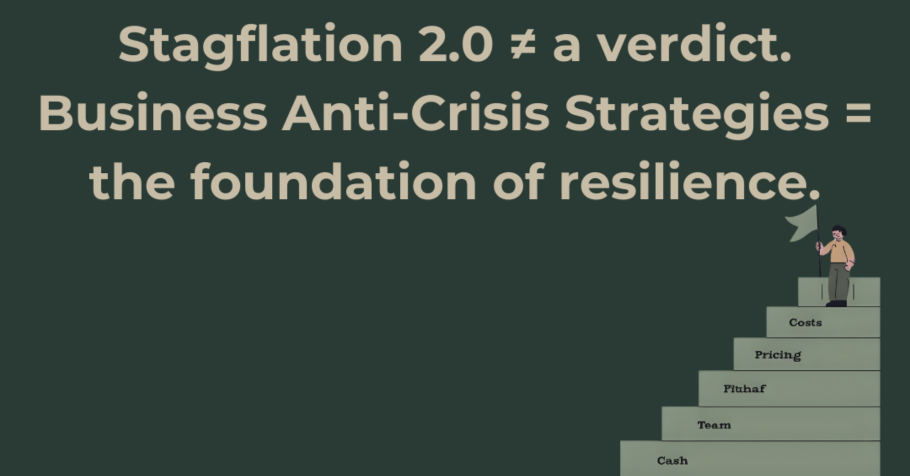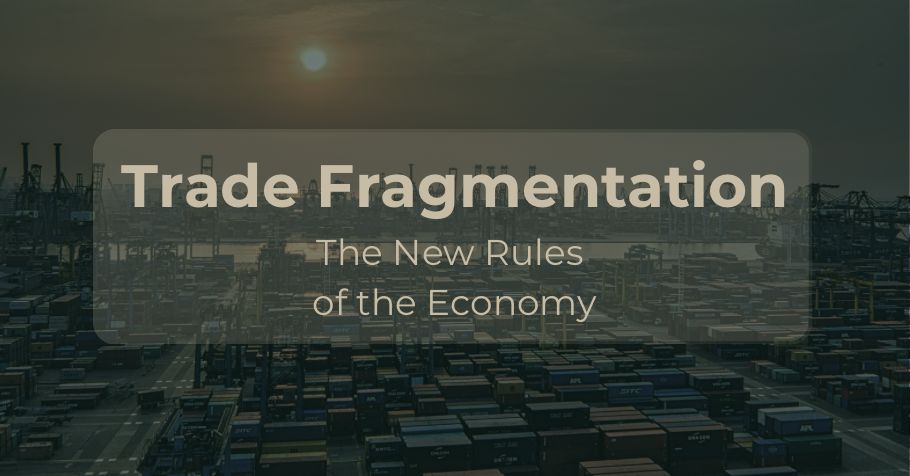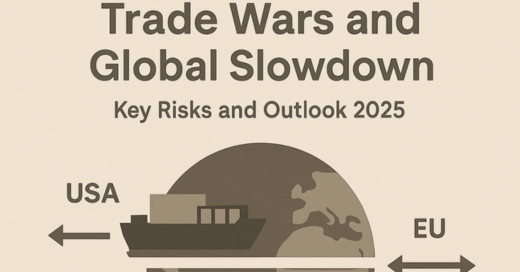Introduction
Stagflation — the mix of high inflation, weak growth, and rising unemployment — has returned to the global agenda. Economists now speak of Stagflation 2.0. Unlike the 1970s, the present situation combines inflationary pressures with digital disruptions and geopolitical instability.
As a result, companies must adapt quickly. For this reason, business anti-crisis strategies are not optional. They allow firms to reduce risk, strengthen resilience, and even expand in volatile conditions.
This article will explore the nature of Stagflation 2.0, highlight its unique risks for SMEs, and present tested strategies to overcome them.
Part 1: Features of Stagflation 2.0 and Why Business Anti-Crisis Strategies Matter
Global Supply Chain Disruptions
Supply chain turbulence is now constant. Economists describe this state as a “permacrisis.” For SMEs, it creates higher costs, fewer available goods, and shrinking margins.
For example, the European Central Bank estimated that without recent supply disruptions, global trade would be 2.7% higher and industrial production 1.4% stronger. The gap demonstrates how deeply logistics influence growth.
Therefore, business anti-crisis strategies must include diversification and digital tools. Companies increasingly rely on AI-based forecasting to predict bottlenecks. PwC found that 91% of supply chain leaders are revising strategy, while 57% already use AI to improve resilience.
Digital Transformation as a Core Response
Digitalization is not only about efficiency. It also provides survival tools. For example, predictive analytics, automation, and AI platforms help firms identify risks before they escalate.
McKinsey notes that companies with strong data capabilities react faster to shocks. Manpower Group also shows that businesses with digital-first models display higher flexibility.
Since resilience depends on structure, the TOP framework is useful. It emphasizes three pillars: Technology, Organization, People. Academic studies confirm that digital supply chains cut costs, increase adaptability, and support sustainable growth. As a result, modern business anti-crisis strategies always involve digital elements.
Geopolitical Instability
Trade wars, sanctions, and tax hikes add new risks. In 2025, British retailers faced almost £7 billion in extra tax costs. Their reaction was to automate processes and search for efficiency gains.
However, large retailers can absorb these shocks more easily. SMEs, by contrast, often lack buffers. They must design tailored business anti-crisis strategies to avoid closure.
Executives from Marks & Spencer warned that retailers feel like “piggy banks” for governments. This shows how external policies directly affect private resilience.
SMEs: The Vulnerable Yet Flexible Sector
According to BDO, 32% of mid-sized UK companies expect to need loans or grants to survive. Nearly 29% face delivery delays that damage customer trust.
However, there is also optimism. Almost half of SMEs feel stronger than before the pandemic. Many are planning to invest in AI and automation, with average budgets of £4.6 million over five years.
As a result, SMEs stand at a crossroads. They are exposed, but also agile. With effective business anti-crisis strategies, they can transform challenges into opportunities.
Part 2: Business Anti-Crisis Strategies for Resilience and Growth
Strategy 1: Cost Management
Expenditure Analysis
The first step is a full audit of costs. This includes logistics, HR, storage, and energy. Hidden expenses can be eliminated quickly. For example, switching to more efficient warehouse systems often reduces spending immediately.
Investment in Technology
Automation and predictive analytics help businesses reduce waste. For instance, digital adoption often generates ROI of 7–8%. This makes technology a practical pillar of business anti-crisis strategies.
Retailers are already moving in this direction. Facing rising taxes, they automate operations to offset higher costs.
Logistics Optimization
Efficient logistics protect margins. Therefore, SMEs should explore nearshoring, supplier diversification, and AI forecasting. KPMG highlights the value of lowering “cost-to-serve” across products and channels.
As a result, smarter logistics directly support resilience.
Strategy 2: Pricing Management
Flexible Pricing
Fixed pricing in volatile conditions is risky. Instead, dynamic models adapt to changes in demand or costs. For example, airlines and e-commerce firms already use real-time systems. SMEs can follow this approach.
Value Enhancement
Price increases must come with added benefits. Faster delivery, extended warranties, or bundled offers make higher costs acceptable. Customers often accept increases if they see improved value.
Price Positioning
Pricing is strategic. A higher price point may attract premium clients while discouraging low-margin buyers. Therefore, aligning prices with target audiences becomes a central element of business anti-crisis strategies.
Strategy 3: Workforce Management
Retention of Key Staff
During crises, losing top employees weakens stability. Retention ensures continuity. As a result, SMEs must prioritize loyalty-building programs.
Non-Financial Motivation
Motivation does not always require cash. Recognition, flexible schedules, and a positive culture are powerful tools. Since inflation limits salary increases, these measures gain more importance.
Skill Development
Training in digital tools, AI, and supply chain management raises productivity. The TOP framework underlines that “People” are a decisive factor. For this reason, skill development is now a vital part of business anti-crisis strategies.
Strategy 4: Cash Flow Management
Cash Discipline
In stagflation, “cash is king.” Therefore, firms must monitor liquidity closely. Reducing receivables and managing stock levels can free essential resources.
Renegotiating Terms
Negotiating longer payment terms with suppliers and faster collection from clients protects cash. For example, SMEs can request partial prepayments for services.
Short-Term Investments
Inflation erodes savings. As a result, firms should consider short-term, low-risk instruments such as inflation-linked bonds or money market funds. These protect capital without excessive risk.
Our expert guidance in business forecasting will help you identify and mitigate threats and transform external challenges into strategic opportunities. [Contact Us]
Conclusion: Business Anti-Crisis Strategies as a Blueprint for the Future
Stagflation 2.0 is complex. It mixes inflation, stagnation, and geopolitical risk, all amplified by technological change. However, it is not a dead end. For many firms, it is an opportunity to innovate.
SMEs are especially at risk but also have strong adaptability. By applying business anti-crisis strategies — cost control, dynamic pricing, workforce investment, and strict cash management — they can survive and even thrive.
Looking ahead, companies that integrate AI, diversify supply chains, and strengthen employee skills will dominate. Those that maintain strong liquidity will also weather shocks more easily.
In short, resilience today is built, not inherited. And business anti-crisis strategies provide the framework for this resilience in an uncertain world.




